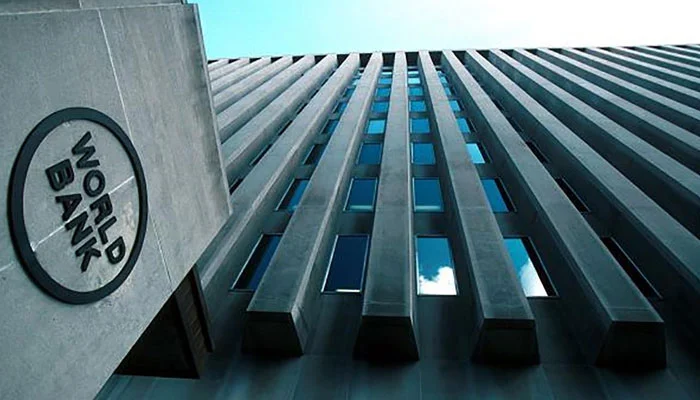ISLAMABAD, Oct 17 (ABC): Pakistan’s public and publicly guaranteed debt to GDP ratio is expected to fall gradually in the upcoming years from 78% recorded at the end of Fiscal Year 2021-22 (FY22) to 71.7% in FY23 and 71.9% in FY24, said a report recently published by the World Bank. “At the end of FY22, public and publicly guaranteed debt had increased to Rs 52,214 billion (78.0 percent of GDP) from Rs 42,199 billion (75.6 percent of GDP) at end-FY21”, the report titled “Pakistan Development Update, October 2022” said.
It added, the new debt was largely sourced through long-term domestic debt instruments carrying variable interest rates, which improved the overall maturity profile but also increased debt servicing costs and interest rate risks. Of the total public debt, the share of external debt was 37.6 percent at end-FY22, whereas short-term debt was 13.6 percent. The fiscal deficit reached a record high of Rs 5,260 billion (7.9 percent of GDP) in FY22, up from Rs 3,403 billion (6.1 percent of GDP) in FY21.
However, the report added that in line with fiscal consolidation efforts and lower subsidy expenditures as a share of GDP, the primary deficit (excluding grants) is forecast to narrow from 3.1 percent of GDP in FY22 to 3.0 percent in FY23, despite negative impacts to revenue bases and increased expenditure needs due to the floods. Similarly, the fiscal deficit is projected to contract by one percentage point to 6.9 percent of GDP in FY23 and expected to gradually narrow over the medium term as revenue mobilization measures take hold, particularly GST harmonization and personal income tax reform. Substantial growth in expenditures, particularly on energy subsidies and debt servicing payments, outweighed revenue growth.
As non-interest expenditure rose, the primary deficit increased to Rs 2,077 billion (3.1 percent of GDP) – over three times the primary deficit in the previous year, the report added. Total revenue increased to Rs 8,035 billion (12.0 percent of GDP) in FY22 from Rs 6,903 billion (12.4 percent of GDP) in FY21, as tax revenue increased to 10.4 percent of GDP. The main drivers of the tax revenue increase were direct taxes and sales tax on goods, in line with strong domestic economic activity, higher prices, and higher imports. According to provisional estimates, almost three-fourths of sales tax on goods was sourced from imports.
Meanwhile, Petroleum Development Levy (PDL) revenues in FY22 fell to their lowest levels since 2015, as the Government reduced taxes on petroleum products to mitigate inflationary pressures. Non-tax revenue declined to 1.6 percent of GDP, largely due to a 27.2-percent decrease in the profits of the SBP, with lending to the Government capped in line with reforms to improve central bank independence. Total expenditure increased to Rs 13,295 billion (19.9 percent of GDP) in FY22 from Rs 10,307 billion (18.5 percent of GDP) in FY21. Expenditure increases were driven primarily by a 26.8 percent increase in current spending, including subsidy expenditure. Increasing domestic interest rates and Pak rupee depreciation led to higher domestic and foreign interest payments. Simultaneously, the federal grants rose by almost 38 percent in FY22 on the back of higher social protection expenditure and COVID-19 vaccine procurement, while provincial current spending rose by 12.3 percent, the report added.

